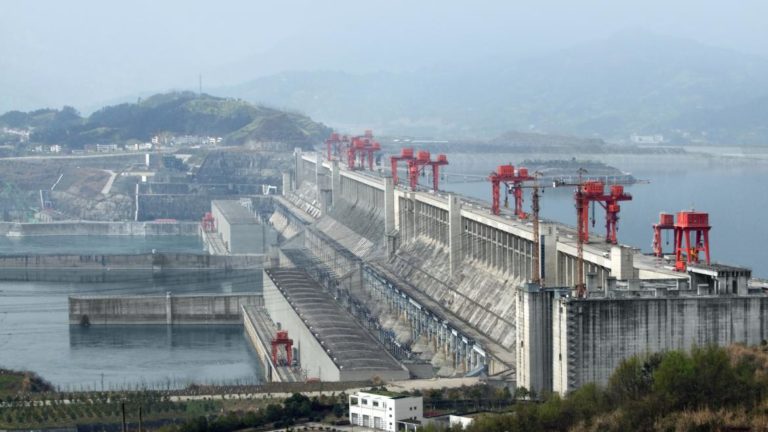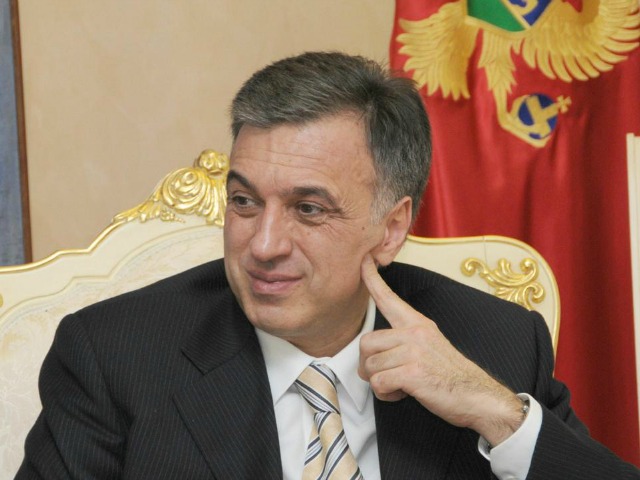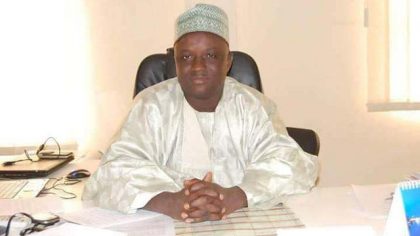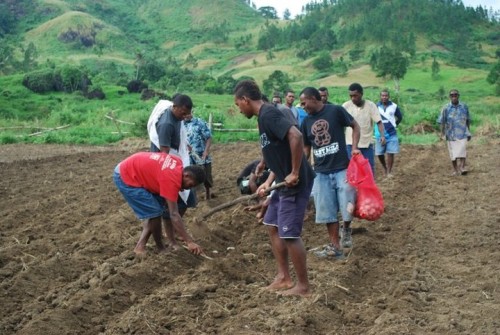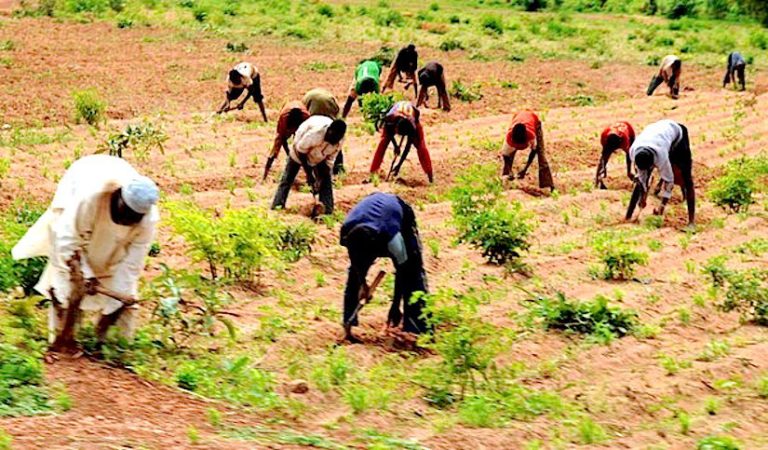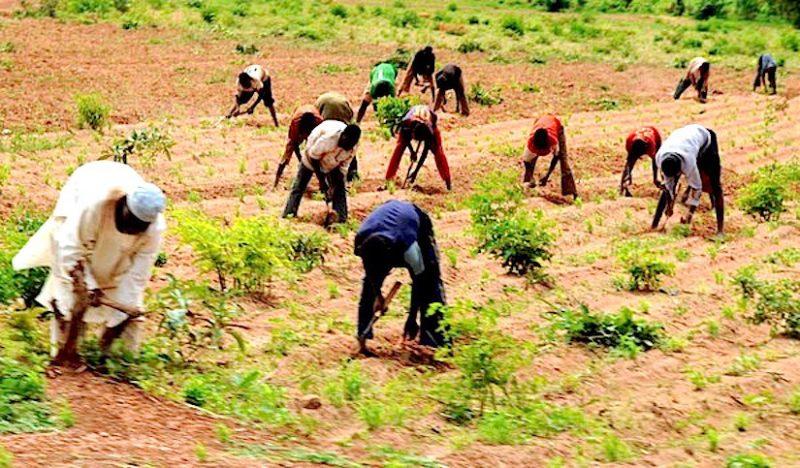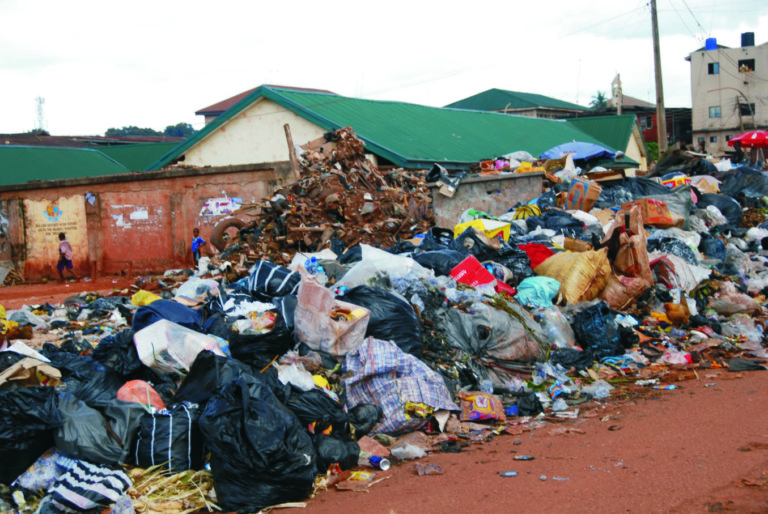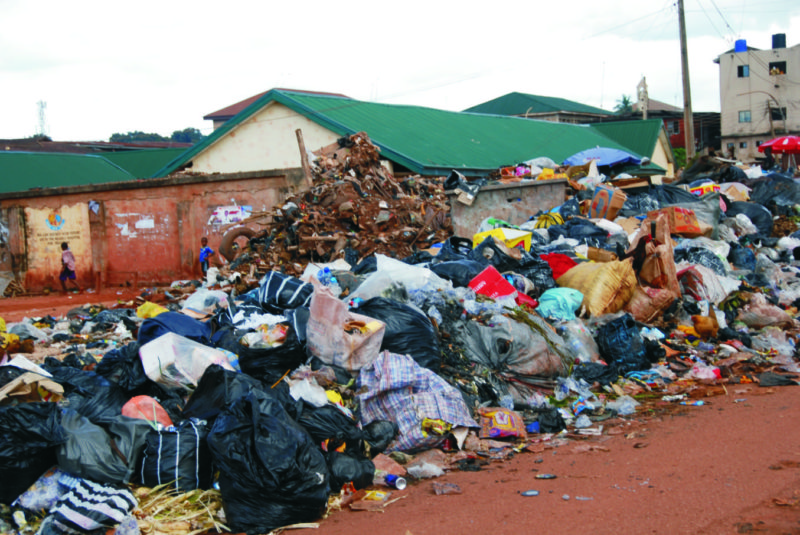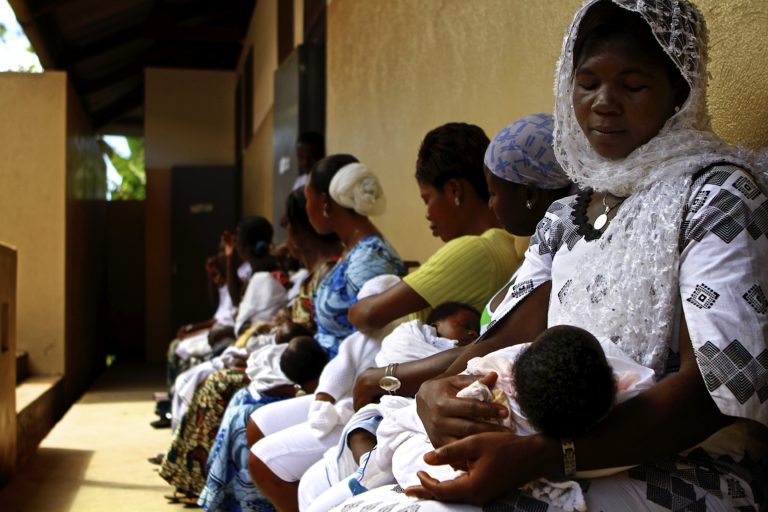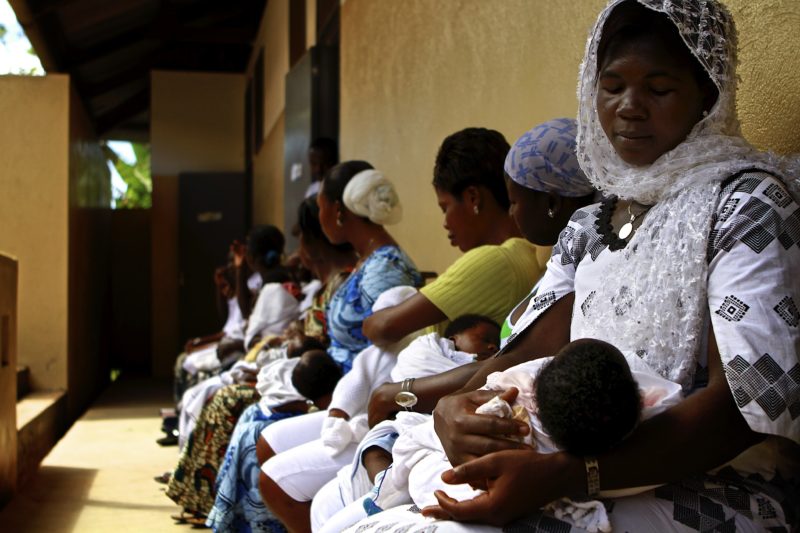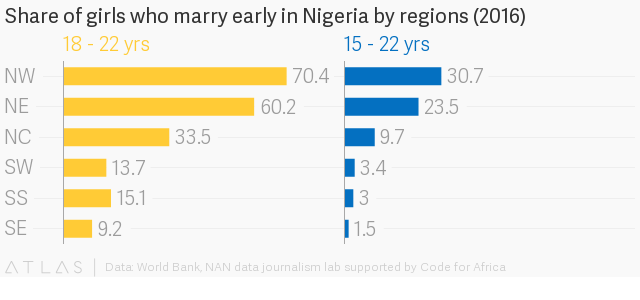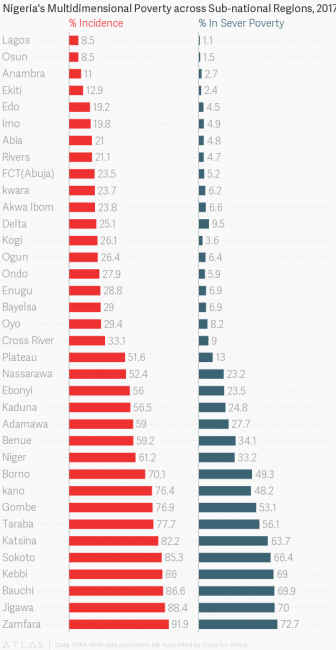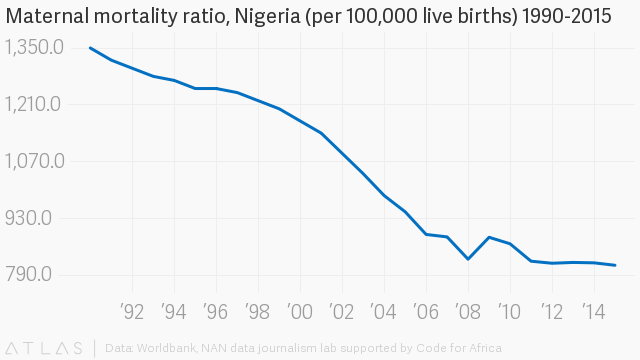The “WISE-UP to Climate” project, initiated in April 2014 to demonstrate that natural ecosystems are nature based solutions for climate change adaptation and sustainable development, has now ended. And the thinking among partners on the project is that they have been able to advance knowledge on how to ensure the efficiency of built water infrastructure.
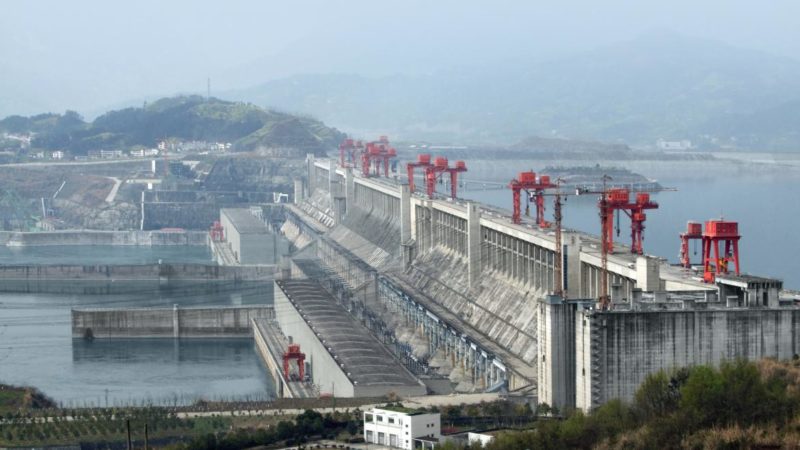
The research based activities of the WISE-UP to Climate project focused on river basins and was centred on the Volta Basin in West Africa and Tana Basin in East Africa. In Ghana as well as Burkina Faso, the WISE-UP Team used the Pwalugu Multi-purpose Dam (PMD) as the case study for improving the functionality of natural and built infrastructure.
Studies dwelt on the benefit functions of the ecosystem, looking at the socio-economic services it provides for the people; the political economy of water infrastructure decisions and governance; and trade-offs between natural and built infrastructure benefits in the Upper White Volta.
The findings indicated that the natural ecosystem benefit functions included flood recession farming, fishing in riparian ponds, and habitat function represented by the significant population of hippopotamus for tourism. Other ecosystem functions include supporting the Bagre hydropower dam, irrigation dam at Kanonzoe and domestic water supply at Ziga all in Burkina Faso; while in Ghana there is irrigation at Pwalugu.
Proposed future infrastructure activities on this tributary include doubling of water supply from Ziga to Ouagaduogou, expanding the Bagre irrigation and the construction of the PMD. The findings showed that these activities could affect the natural flow regime of seasonal flooding and dry season flows.
Absence of seasonal flooding could reduce income of flow dependent ecosystem services for riparian communities by 20% on average and would require riparian communities to shift livelihood activities to male dominated activities such as dry season irrigation.
But, according to the findings, this situation could be averted if the facilities operate in ways that foster a mixed flow regime. So, depending on how a water facility is made to function, a win-win situation could be created.
The WISE-UP Team is therefore convinced that a project like the proposed PMD could be an example of built infrastructure that could contribute to the two countries economic and development needs while, at the same time, strengthening natural infrastructure that supports rural livelihoods.
The findings established that the efficiency of built physical water infrastructure is enhanced, when its operation is linked to the normal functioning of the natural water ecosystem. This means that the sustainable functioning of infrastructure built for irrigation, hydropower or water supply, is related to healthy ecosystems in well-functioning watersheds. Furthermore, such physical facilities built on natural ecosystems, should equip and position riparian communities to adapt to climate change, which as experts say “will only get worse and worse.”
It also means that decisions made for the building of water related infrastructure, should be based on careful consideration of not just the benefits and convenience of the facility to the nation at large; but likewise on the services that the ecosystems provide for local communities. However, arriving at such decisions may not be that simple according to the findings from Pwalugu.
It will depend on various factors, working at three levels, starting first at the top level by ensuring that key decision making, regulatory, development planning and implementing institutions main stream climate change and prioritise related issues.
Secondly, grassroots consensus should be generated on pertinent social issues and alternative interventions identified by working through District Assemblies and civil society organisations. At the third level, attention should be given to strengthening and increasing regional cooperation focusing on not just poverty alleviation, but also on the potential for economic transformation.
At the final meeting in Accra, on November 29th 2017 of the WISE-UP to Climate project, partners were reminded of the ultimate goal, which is to “introduce multi-criteria and multi-option modes of working into existing planning and decision-making processes, including consideration of ecosystem services and natural infrastructure.”
They were further reminded of the need to lead the next stage of the project by seizing opportunity for synergy offered by climate change, and additionally align with priorities of political parties, engage development partners as well as the private sector, and capitalise on the decentralised system of local administration and governance.
The International Union for the Conservation of Nature (IUCN) head office in Switzerland’s representative on the WISE-UP Team, Dr. James Dalton, talked about the next steps. He said it will demand further research to better address the social dimension to decision making and trade-offs. He said in doing the analysis for trade-offs, partners “need not demonise water infrastructure such as dams,” and urged them to rather highlight the benefits of both built and natural infrastructure to maintain objectivity around possible trade-offs.
Dr. Dalton also touched on the proposed WISE-UP 2, which will implement activities packaged based on the research findings in the just ended now WISE-UP 1 project. He announced that WISE-UP 2 will invest in solutions and moblise additional funding for climate-resilient economic development in river basins. This will purposely support countries to among other things, deliver their Nationally Determined Commitments (NDC) under the Paris Climate Accord.
Dr. Dalton explained that WISE-UP 2 “prioritises vulnerable areas and will deliver activities to revitalise rural economies and invest directly in protecting rivers, streams and wetlands as climate adaptation solutions.” It will be implemented in Ghana, Burkina Faso and Kenya as well as in Mali and Ethiopia.
The New Executive Director of the Volta Basin Authority (VBA) Robert Yaovi Dessouassi commended WISE-UP for initiating measures that are improving the natural resources infrastructure of the basin and addressing poverty among the people. He urged the beneficiary countries to utilize the scientific knowledge generated so far, “to address problems in the area, overcome persisting challenges, and chart a path for our sustainable development by leveraging our own resources.”
The former Executive Director of the VBA, Dr. Charles Biney, who was Chairman for the meeting, described WISE-UP as “the project that has drawn our attention to the potential and usefulness of our natural resources and infrastructure, and has demonstrated that it is profitable to include natural infrastructure in development activities in our countries.”
The Acting Director of the Water Research Institute (WRI) of the Council for Scientific and Industrial Research (CSIR), Dr. Kwabena Kankam praised WISE-UP for a good work done so far and said, “our institute is proud to be associated with this project.”
The implementing team in Kenya earlier on held a similar end of project meeting.
WISE-UP is the acronym for Water Infrastructure Solutions from Ecosystem Services underpinning Climate Resilient Policies and Programmes. It is a global partnership involving Ghana’s WRI; the African Collaborative Centre for Earth System Sciences (ACCESS) of the University of Nairobi, Kenya; and the International Water Management Institute (IWMI). Others are the UK Overseas Development Institute (ODI); the University of Manchester; the Basque Centre for Climate Change (BC3) and IUCN.
In doing its work, the partnership assembled a wide variety of expertise including resource scientists, engineers, computer modellers, governance and political economists, water managers and climate change specialists. The International Climate Initiative (ITI) of the German Federal Ministry for the Environment, Nature Conservation and Nuclear Safety (BMU) funded WISE-UP 1 and is likely to finance the phase two as well.
The project is focused on river basins, because team members are of the view that basin ecosystems provide an environment, where optimum outcomes can be achieved for poverty reduction, ecosystem management, economic growth and climate resilience.
The project acknowledges that water security is vital for a sustainable economic growth and poverty reduction. Therefore, countries make investments in water infrastructure for storage and flood control, water availability and accessibility, and to reduce disaster risks. However, the fact still remains that these investments and their benefits are not always equitably distributed, especially in developing countries.
Consequently, the project was designed and seeks to advocate investments that combine natural and built infrastructure in the areas such as water, food and energy security; and industrial development and wealth generation.
The point being made is that benefits are enhanced when ecosystem services are linked more directly into water infrastructure development. Upstream natural infrastructure services include flow regulation, soil and slope stability, groundwater recharge and provision of river habitat. The downstream ecosystem provides services including river fisheries, floodplain grazing, flood recession agriculture, floodplain fisheries, estuarine fisheries and coastal sediment supply. While the built infrastructure provides services such as energy production, drinking water supply, irrigation, reservoir fisheries, and flood control and protection.
By Ama Kudom-Agyemang

